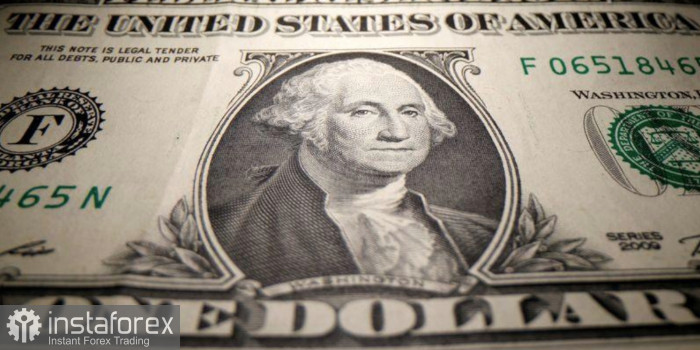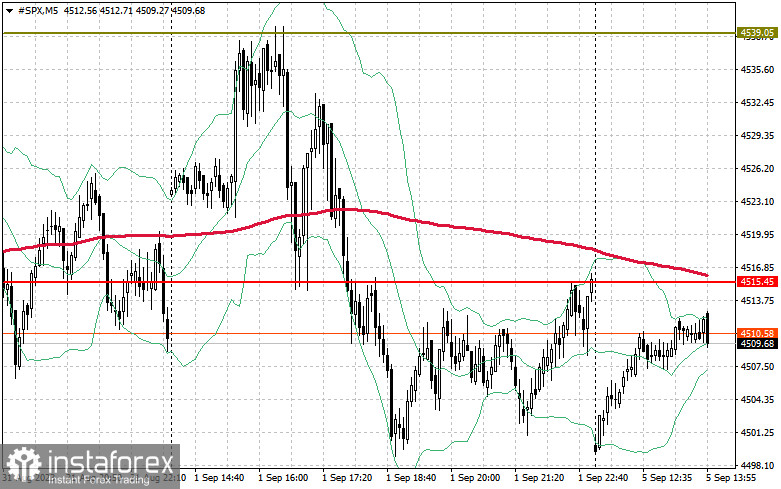Futures on US stock indexes opened in the red but quickly rebounded from all the losses compared to Friday's closing levels. S&P 500 futures gained 0.1%, while the high-tech NASDAQ added 0.2%. Meanwhile, European stock indices dropped after the release of weak economic data from the Eurozone and China, and the single currency plunged to nearly a three-month low against the US dollar. The Stoxx 600 index lost 0.8%, declining for the fifth consecutive day. US Treasury bond yields increased after the US holiday.

In China's services sector, August saw the slowest growth this year, confirming that the economic recovery is losing momentum, dampening previous optimism about government stimuli. In Europe, the composite Purchasing Managers' Index (PMI) turned out worse than the preliminary estimate, remaining below 50 points for the third consecutive month, indicating a contraction in activity.
These trends reveal concerns among risk-averse investors regarding the Eurozone situation. Survey data indicates that the economy is heading toward a recession, and no one seems willing to address it for now. This also raises questions about how aggressively the ECB will act in the future. During Christine Lagarde's recent speech, she evaded answering whether the European Central Bank would raise or maintain interest rates next week.
As previously noted, disappointing PMI figures from China exerted significant pressure on European stock sectors influenced by the world's second-largest economy. Companies involved in luxury goods and consumer products, such as LVMH, Kering, and Adidas (sportswear manufacturer), lost over 2%. In a rare piece of good news, Country Garden Holdings Co. stated that it had made coupon payments on its two-dollar bonds during the grace period. The real estate developer, once a symbol of China's property woes, now suggests increasing principal debt repayments by eight yuan and extending the payment term. Additional measures from Beijing to stimulate credit growth are also anticipated soon.
All these discouraging data points prompt the market to support the US dollar. Higher US Treasury bond yields also sustain demand for USD after yesterday's holidays.
Regarding other countries, Brent crude fell for the first time in six days, losing 0.9% and now trading around $88.22 per barrel.

As for the S&P 500, demand for the index remains, but upward potential is limited. Bulls need to take control above $4,515. Only from this level, the index may surge to $4,539. Bulls also should maintain control over $4,557, which would bolster the bullish market. If downward movement occurs due to declining risk appetite, bulls will have to protect $4,488. A breakthrough would quickly push the trading instrument back to $4,469 and open the path to $4,447.
 English
English 
 Русский
Русский Bahasa Indonesia
Bahasa Indonesia Bahasa Malay
Bahasa Malay ไทย
ไทย Español
Español Deutsch
Deutsch Български
Български Français
Français Tiếng Việt
Tiếng Việt 中文
中文 বাংলা
বাংলা हिन्दी
हिन्दी Čeština
Čeština Українська
Українська Română
Română

